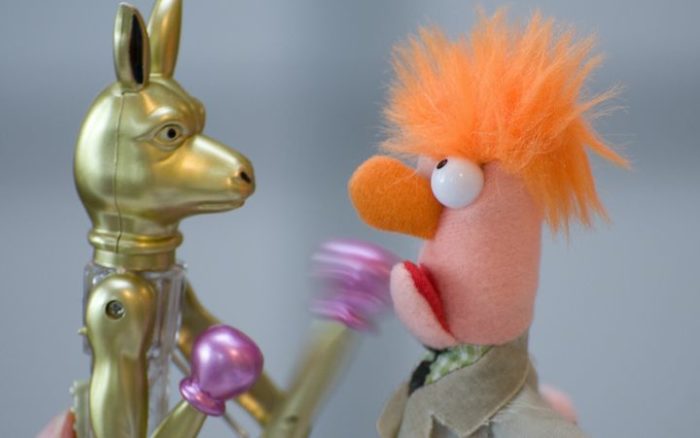
Study “On the discourse of mocking in U.S. televised political discussions” by
Christopher Jenks investigated the various aspects of mocking in televised political shows, or mock news, using critical discourse analysis.
Mock news is a genre that is similar to traditional news programs in the sense that they also focus on covering, discussing and reporting on important issues. The difference is that they are meant to entertain, not inform. The difference from pure comedy, on the other hand, is that mock news seeks to present itself as a fair and balanced take on news events.
Their journalistic value is not their main purpose, generating viewership is. Examples are shows such as The Daily Show and The Late Show with Stephen Colbert that present comedic takes on political issues.
According to Luginbühl (2007), ‘confrontainment’, a portmanteau of confrontation and entertainment, can be used as term to describe encounters between political opponents that devolve into arguments. Mock news utilize this tribalism in politics to present outrage as a form of entertainment – heated arguments, anger and even rage are common in mock news.
The same author has found ‘conversational violence’, such as use of dominance and defamation, as a feature in political speech. It intersects with ‘outrage discourse’. In this study, it is stated that ‘outrage discourse’ encompasses a wider range of discursive practices.
Of outrage, Berry and Sobieraj (2014) uncover 13 subcategories: nsulting language, name calling, emotional display, emotional language, verbal fighting/sparring, character assassination, misrepresentative exaggeration, mockery, conflagration, ideologically extremizing language, slippery slope, belittling, and obscene language.
The present study builds on these past studies to answer the following question: How is mockery discursively organized and used as a resource to engage in televised political discussions?
The source materials for the study is a corpus of 60 televised political discussions.
They were all televised in CNN. The author points out that future research should look at to what extent political discussions and shows are different across mainstream TV channels and across countries.
The shows that were included in the corpus were such as Anderson Cooper 360° and Prime Time by Chris Cuomo. As a study utilizing Critical Discourse Analysis, the examples from the corpus that the author presents are very detailed examples of mockery.
The analysis showed that mockery predominantly occurs in the ‘second oppositional slot’, that is, in response to an argument made in the previous turn. This indicates that mockery is reserved for situations in the conversational exchange where disagreements occur in situ.
In addition to the position of mocking in an exchange, the act of mockery can be divided into smaller ‘discourse tokens’. The tokens cover a range of actions: “including expressing disagreement, undermining the validity of an opposing viewpoint, establishing a competing ideological position, refuting an idea based on a political identity, criticizing the messenger (rather than the message), creating an unsymmetrical distribution of power, and amplifying the degree to which one disagrees, such as through laughter.”
The use of mocking, laughter and ridicule suggests that televised shows are seen as spaces where disagreement and put-downs can occur, rather than as spaces where common ground is sought. They normalize the tribalism inherent in politics by mainstreaming mocking.
Finally, the author notes that similar to affordances and constraints of social media, the organization of televised shows amplifies the differences in opinion that exist between the panel members. Similar to the short texts in Twitter, the panel members are typically given one minute or less to state their case, which encourages sound bites while discouraging thoughtful moderation on an issue.
The study “On the discourse of mocking in U.S. televised political discussions” by
Christopher Jenks is in Discourse & Communication. (Free abstract).
Picture: A puppet and a kangaroo fighting. By Frank Busch @frankbusch
License Unsplash.